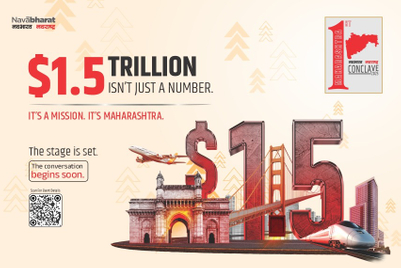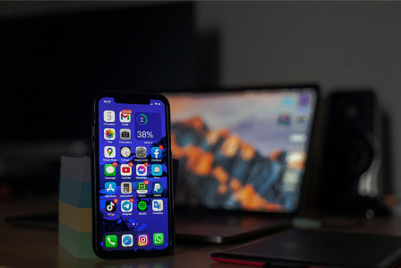Speaking in a session titled ‘Addressing Barriers to Programmatic’ on day one of the I-Com Global Summit, Keenan Timko, senior account director, Twitter (MoPub), UK, gave reasons for mobile publishers to opt in for viewability.
He stated, “Viewability is critical and an opportunity. It helps in inventory validation, increased revenue, user experience and engagement and lastly, it’s easy.”
He then expanded on each of the above points.
Inventory validation
-
Validation for campaigns is a must for marketers and it is essential for in-app publishers to support viewability measurement.
-
It shows advertisers the true value of the publisher’s inventory
-
Ensures ads are loaded and shown correctly and helps confirm real ad show rate.
Increased revenue
-
Brand budgets are real. Brand campaigns routinely comprise 50 per cent or more of spend for many publishers in the last quarter.
-
Statements from major buyers like P&G and Unilever reinforced that brands require viewability.
-
Performance-based marketers are increasingly leaning on viewability scores.
User experience and engagement
-
Data-driven insights are delivered which in-turn helps publishers to maximise revenue and improve user experience.
-
Low viewability scores may indicate faulty technical implementations.
-
Viewability can also be used to diagnose poor user flow or ad show methodology.
Easy
-
Reporting metrics and diagnostic tools are easily accessible on vendor dashboards.
-
Many providers offer simple solutions such as simply adopting a latest SDK (Software Development Kit).
He then urged mobile publishers to keep three considerations in order for success. He said, “Consider early adoption as buyers gravitate towards first movers. Leverage data as high scores may be used as a selling point even outside a programmatic setting. Set expectations but remember nothing happens over night.”
Also on the panel discussion was Michael Tiffany, CEO, White Ops, USA. He spoke about ad fraud and labelled it ‘the most attractive cyber crime in the world right now’.
He added, “Bots don’t buy anything. Numbers usually never lie, but they do only in advertising. The trick is to infect real people’s computers. Bots can inflate the size of any audience. Publishers paying handsomely for legitimate search traffic are competing against publishers paying much more for bot traffic, and the tools used by most marketers can’t tell the difference.”
According to Tiffany, with such kind of publishers using bot traffic, there’s a possibility of ‘infinite reach’ against even the most niche audiences.
“But what happens when supply can be inflated at will? Spending peaks at the end of each quarter and the end of the year each year. The peaks don’t come from human attention; it comes from bots providing visitors on demand. Bot visitors are used to fill orders whenever demand outstrips supply.”
On fraud on video ads he added, “Spending has doubled much faster than the growth of actual humans spending time watching ads. And that’s again because of bots. Now, with even the biggest of big data, how can this happen?
“It’s because botnets simply blend in these days. They have real cookies, device IDs, history and can mimic humans.”
He then made a comparison of yesterday’s bots to today’s bots:
Yesterday’s bots Today’s bots
Lived in data centres 76 per cent live on residential machines
Lacked cookies etc Have cookies, browsing history
Behaved ‘like bots’ Behave like humans
Never bought things Get credit for what their humans buy
He then stated the key to winning this war: ‘A common ground between honest buyers and sellers’.
He surmised, “Fraud doesn’t only rob buyers. Every dollar that goes to fraud is a dollar that didn’t do to someone who did the hard work of getting real human attention. There’s an upside for everyone when you cut out the hackers. So there’s a great opportunity to question the conventions that got us to use bots and all that spending to reach out to them is up for grabs.”



.jpg&h=334&w=500&q=100&v=20250320&c=1)
.jpg&h=334&w=500&q=100&v=20250320&c=1)
.jpg&h=334&w=500&q=100&v=20250320&c=1)
.jpg&h=334&w=500&q=100&v=20250320&c=1)


.jpg&h=334&w=500&q=100&v=20250320&c=1)


.jpg&h=334&w=500&q=100&v=20250320&c=1)


.png&h=268&w=401&q=100&v=20250320&c=1)



.jpg&h=268&w=401&q=100&v=20250320&c=1)

